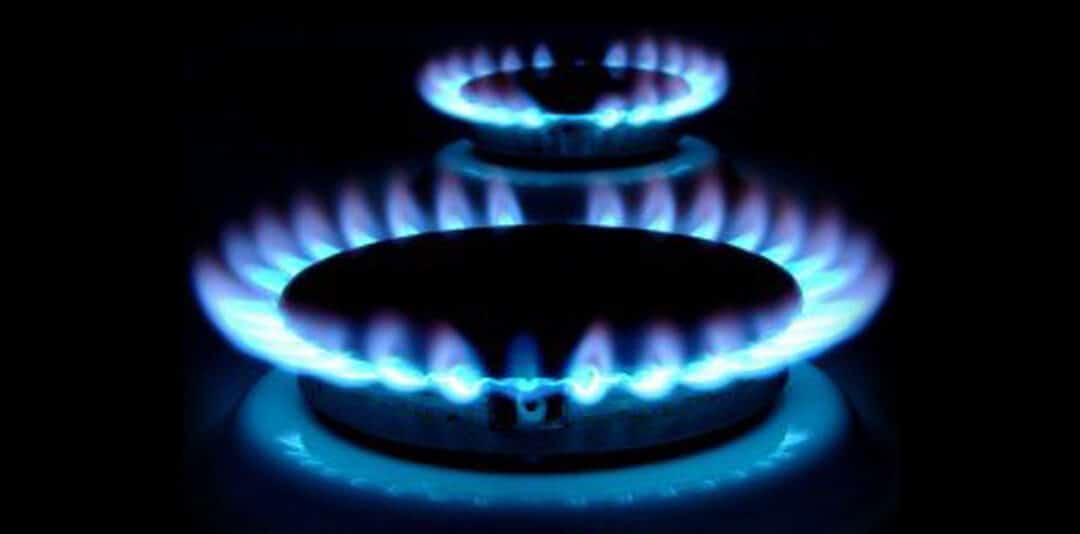by Jonathan Gardiner | Sep 23, 2013 | Waste
 The way that Aucklanders pay for their waste water is set to change from June 2014. This will impact on the financial reality for many schools and businesses over the next four years.
The way that Aucklanders pay for their waste water is set to change from June 2014. This will impact on the financial reality for many schools and businesses over the next four years.
Getting in and being proactive about these changes will allow organisations to manage their water budget better during the transitional period between now and June 2016, advised Jonathan Woodbridge Buys, Energy and Environment Technology Associate at Total Utilities.
Why are water tariffs changing?
The unification of Auckland brought together seven local councils and their water services, with many differing tariffs for water usage into one clear structure.
Auckland SuperCity water provider, WaterCare, has introduced a single clear fee structure for the whole of Auckland for regular water services. This four-tiered fee structure will consist of three parts: two are based on the measured volume of fresh water used and the assessed volume of waste water returned to treatment, and the third part is a service levy.
The charge for fresh water is a straightforward fixed fee across all four tariff plans. Usage will put into bands: low, moderate, high and industrial, based on the volume of water used. The cost per litre of waste water returned to treatment will vary according to usage volumes and an assessed portion is rebated.
How will waste water tariffs be calculated?
The waste water percentage calculation is more complex. Organisations in the North Shore and Waitakere are used to paying a high flat fee for water management and will have no historical assessment of the percentage of their water that ends up in the sewer. In these cases, WaterCare will audit water usage in order to establish the percentage waste water charge. (more…)

by Jonathan Gardiner | May 21, 2012 | Energy
Renegotiate your gas contracts within the next 12 months or risk being tied into contracts based on higher unit costs – that’s the advice from specialist power, gas and ICT procurement specialists, Total Utilities Management Group.
Gas customers have been enjoying favourable pricing since 2009 as a result of ‘Take or Pay contracts’ in place between gas-based electricity generators and their wholesale gas suppliers. These contracts commit energy/gas retailers to buying a certain amount of gas at a set rate, irrespective of the amount sold on. This has periodically resulted in retailers looking for a good home for their excess gas – with near wholesale prices being offered to some retail customers as a consequence. But be aware, these ‘Take or Pay’ contracts are due to expire within the next 12 months as we understand it.
Prior to 2009 the trend of rising gas prices caused an increase in the size of the recoverable reserves in the Maui Gas Field. This also had a dampening effect on the market rate – all good news for consumers. However, the pockets of gas from Maui are now becoming less reliable – the first reserves extracted were graded P85 (85% probability of successful extraction) but we’re now moving towards P50 reserves (50% probability) and this leads to increased retailer uncertainty which means that more risk, and therefore more cost, is built into customer contracts.
These two trends add up to a strong indication that the clock is ticking for this period of low natural gas pricing. Unless something significant changes, we believe that the current period of low pricing will last for less than 12 months. TUMG is currently bringing forward our client’s major natural gas negotiations so that we can lock in the low pricing for the next three years.
Our most recent bulk gas tender, completed in March this year covered a diverse range of customers, large and small, and achieved savings averaging $53,900 per customer over a three-year period for 19 of the 22 customers. Five customers cut their gas costs by between 22% and 36%. If you’d like advice or support in any utilities contract negotiation, just give us a call on 09 576 2107 or email [email protected]
 The way that Aucklanders pay for their waste water is set to change from June 2014. This will impact on the financial reality for many schools and businesses over the next four years.
The way that Aucklanders pay for their waste water is set to change from June 2014. This will impact on the financial reality for many schools and businesses over the next four years.
